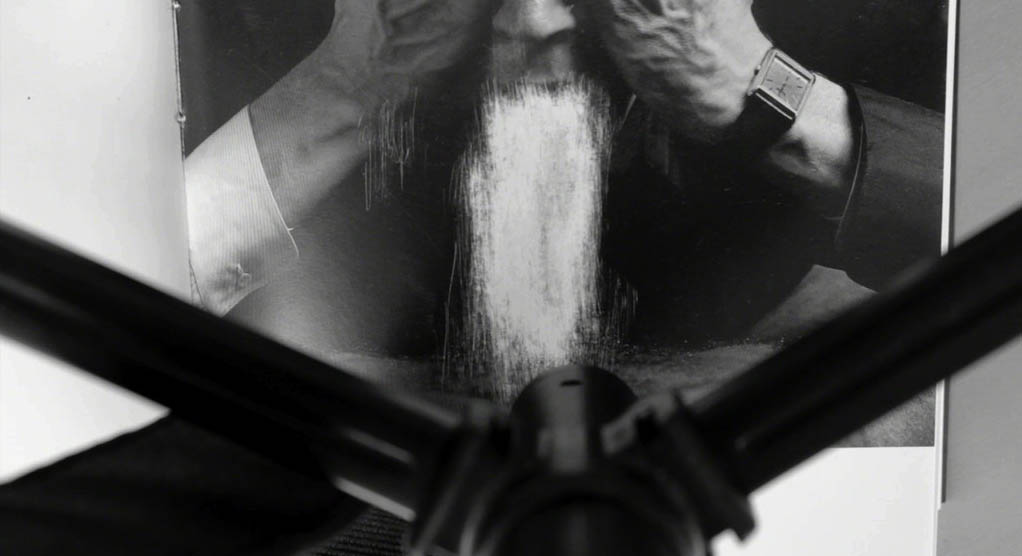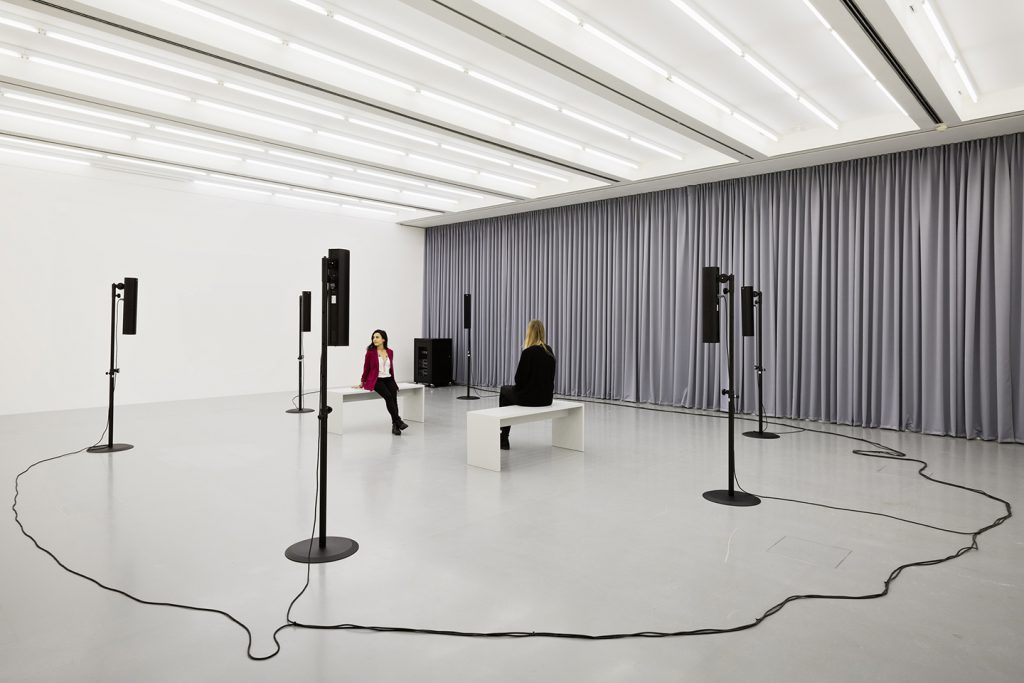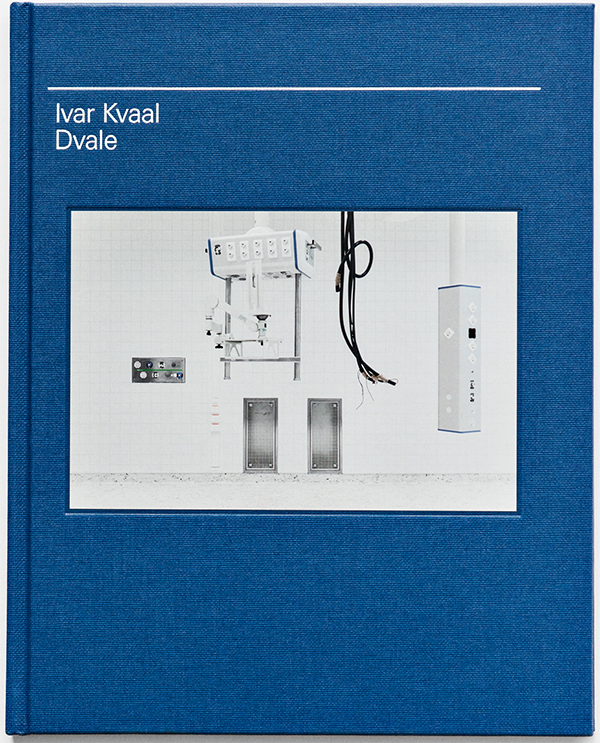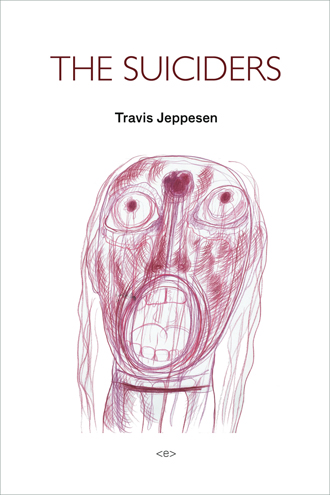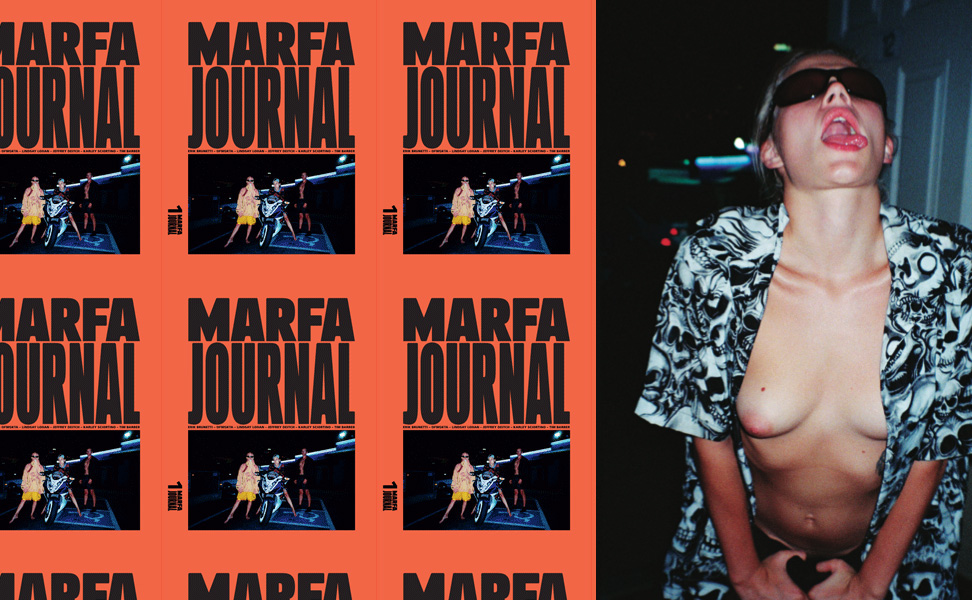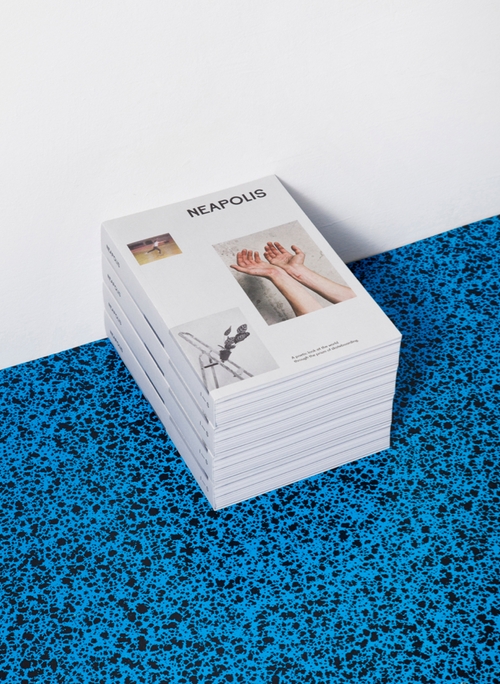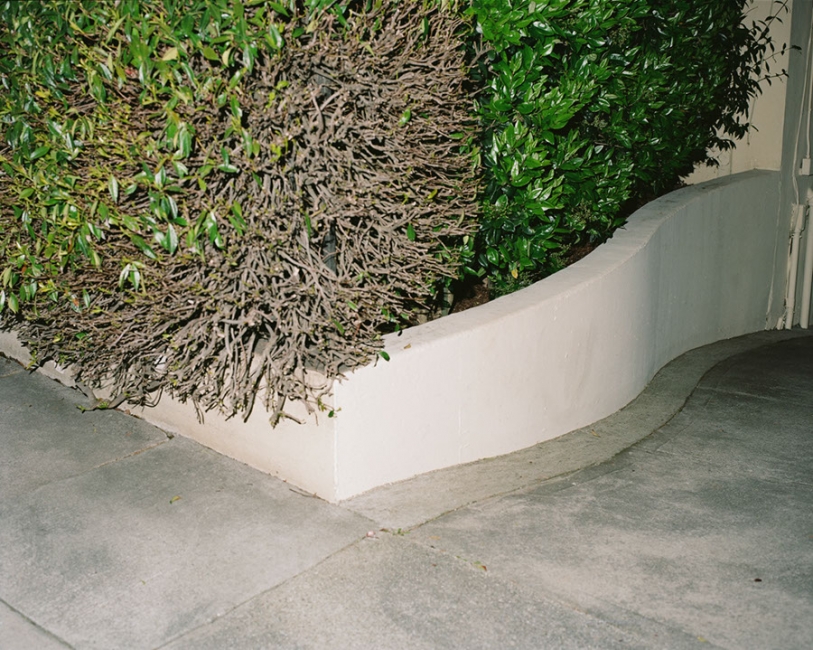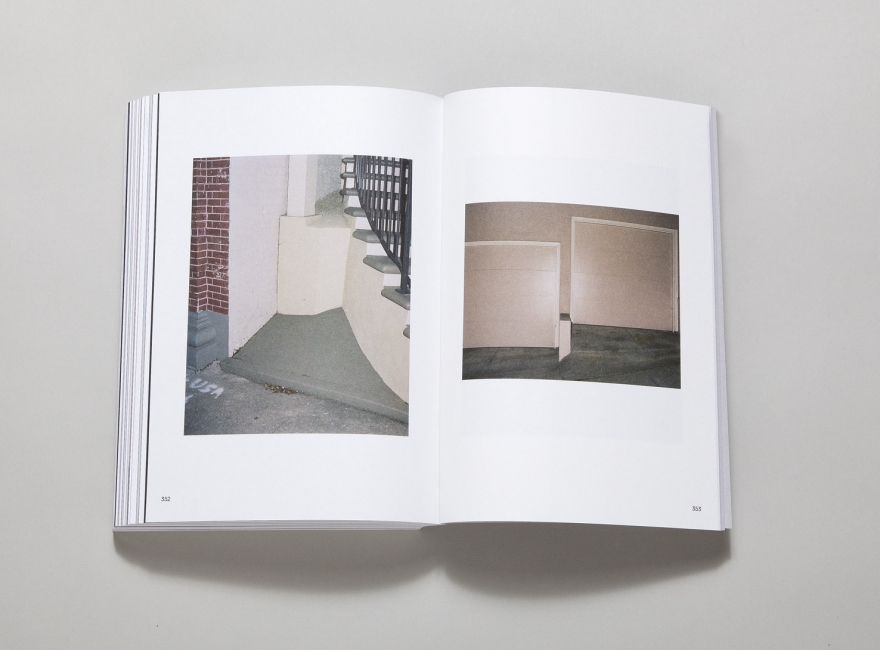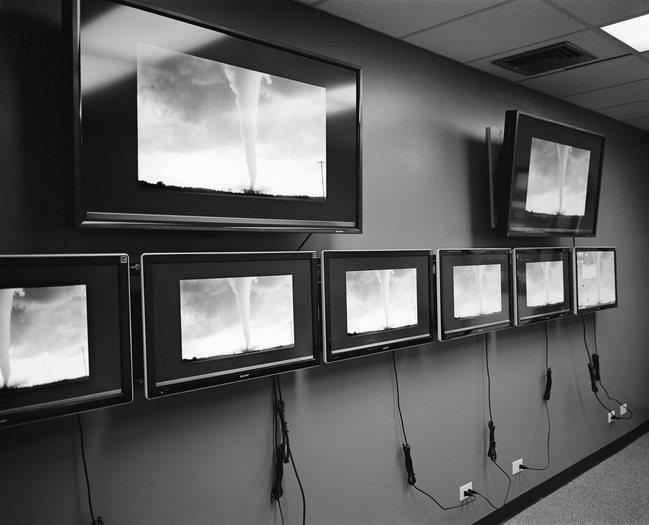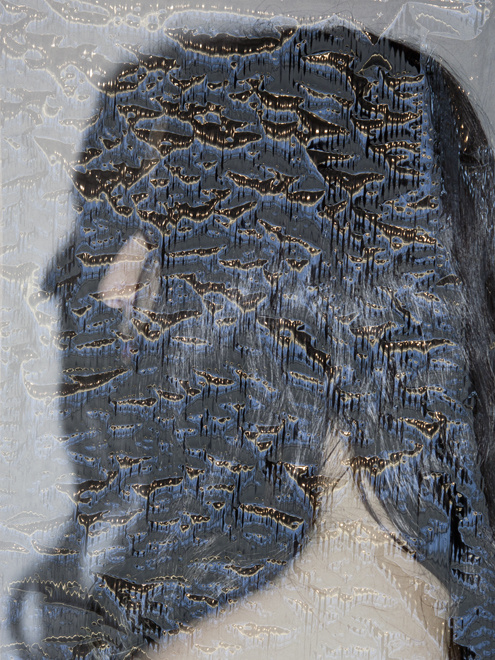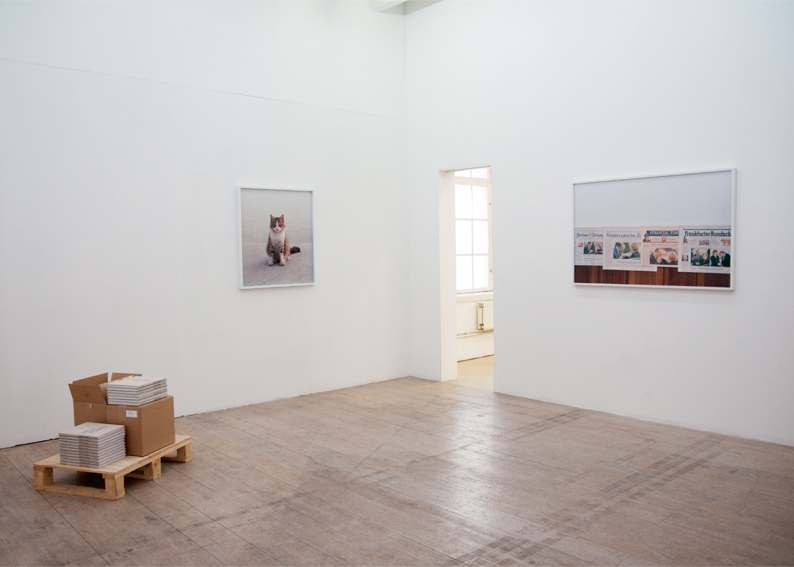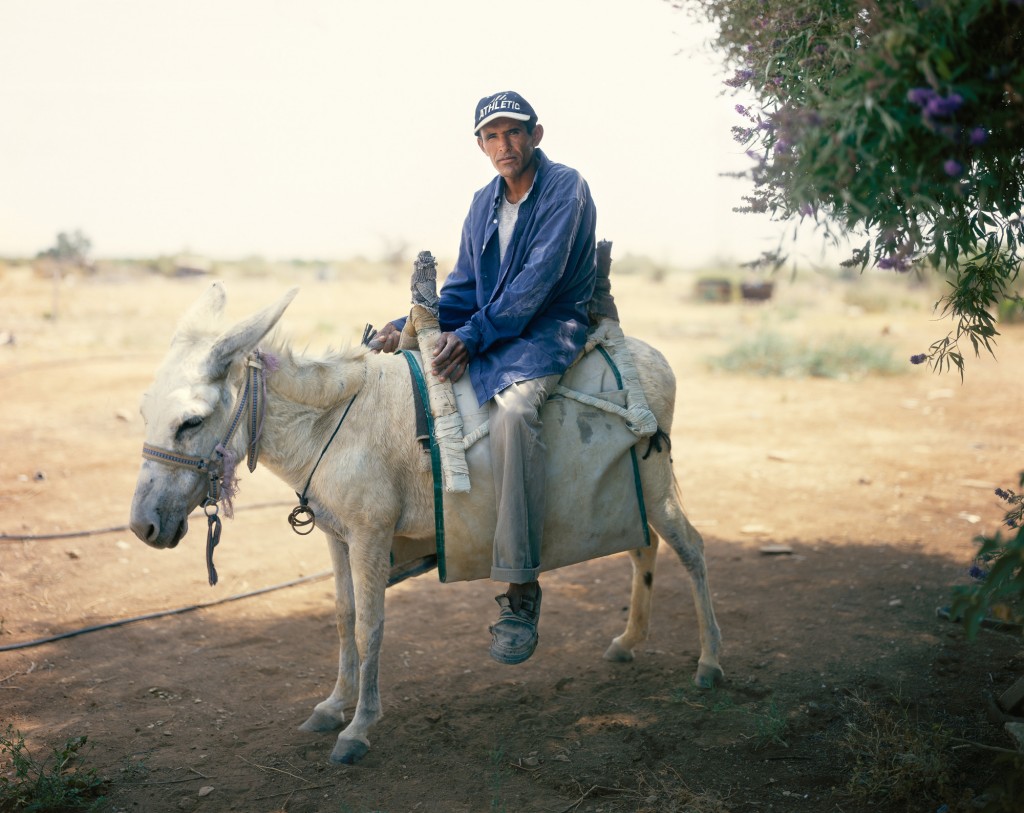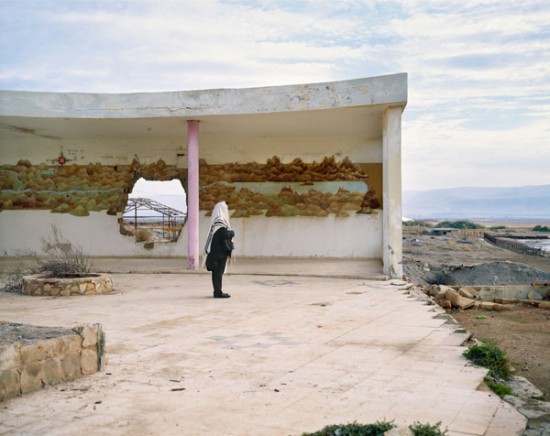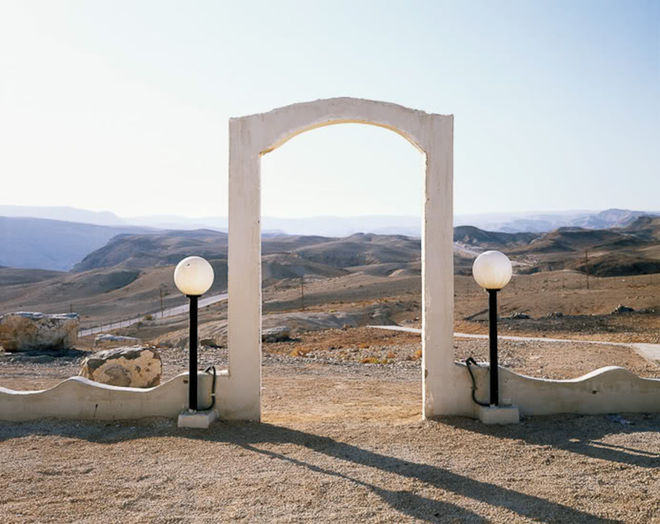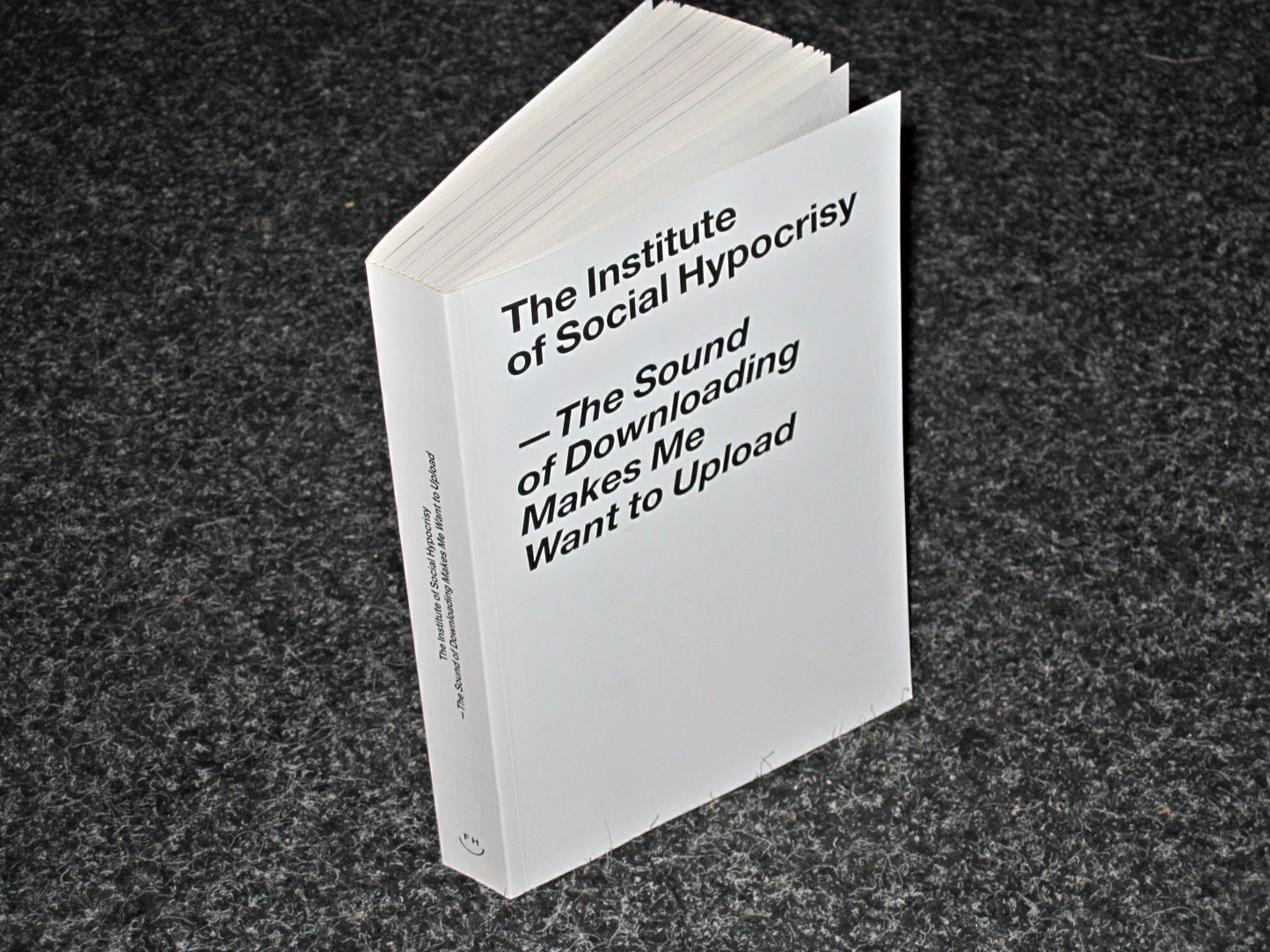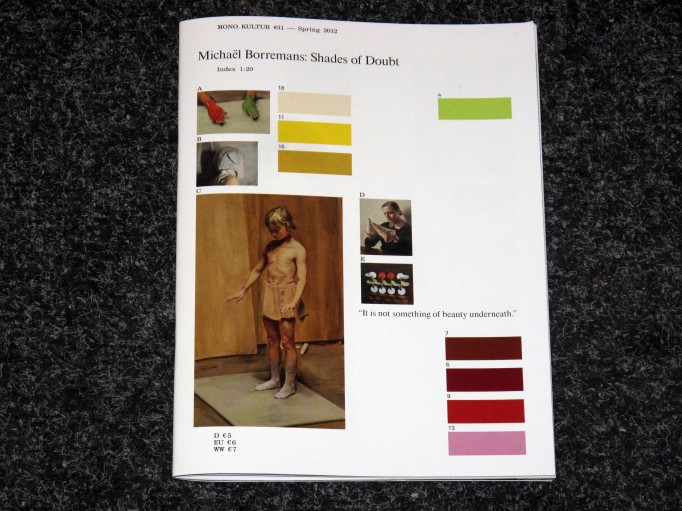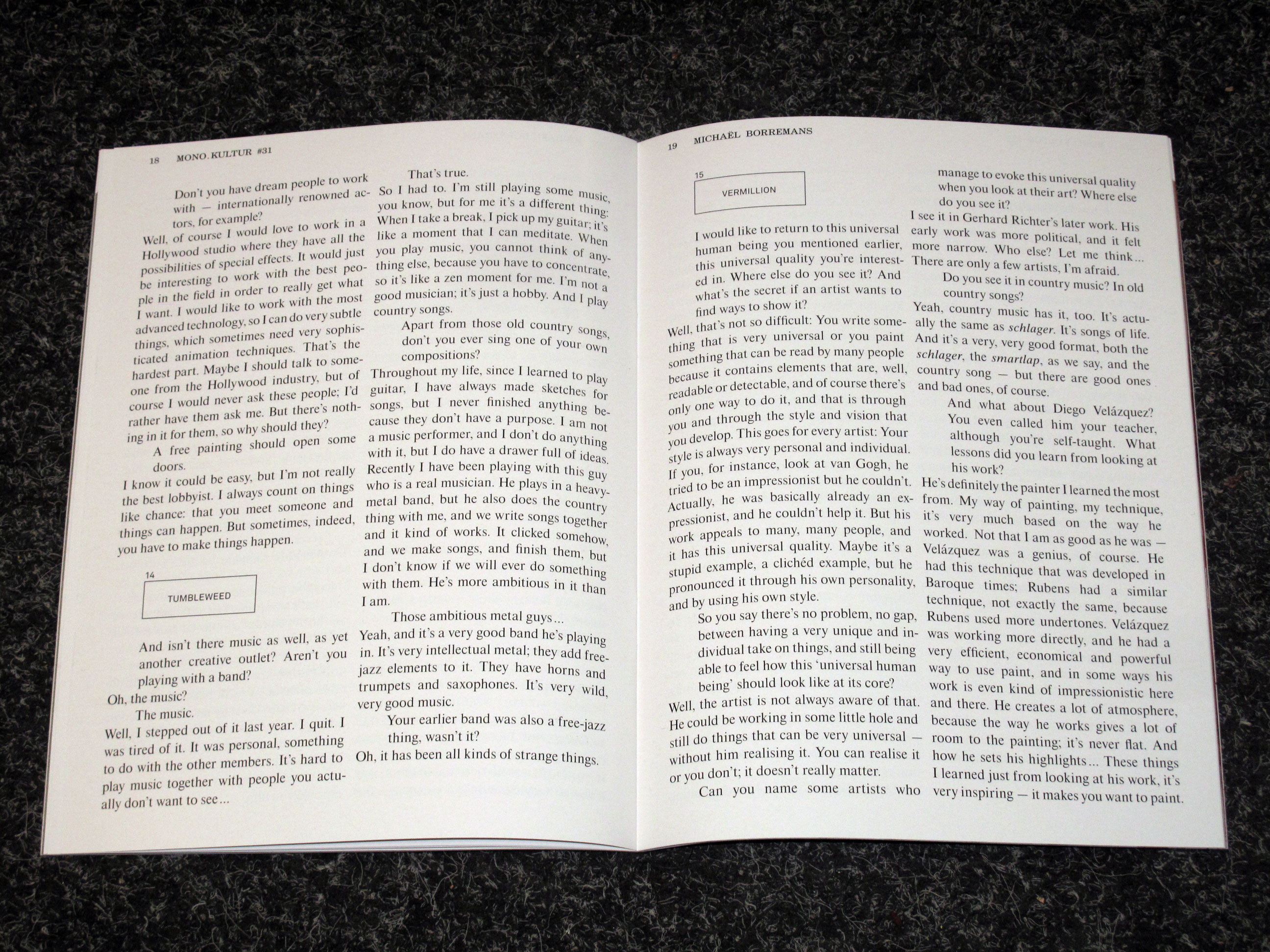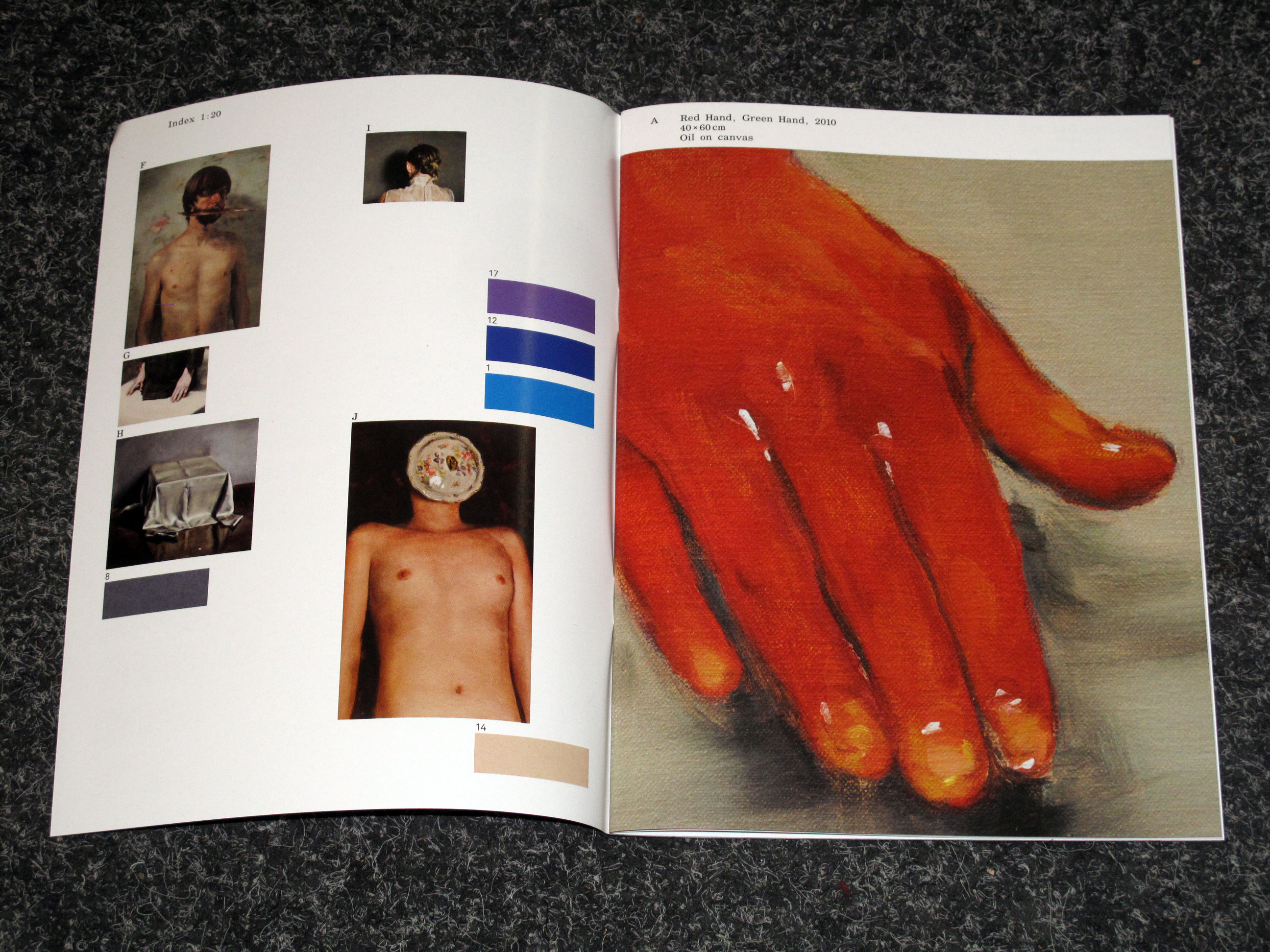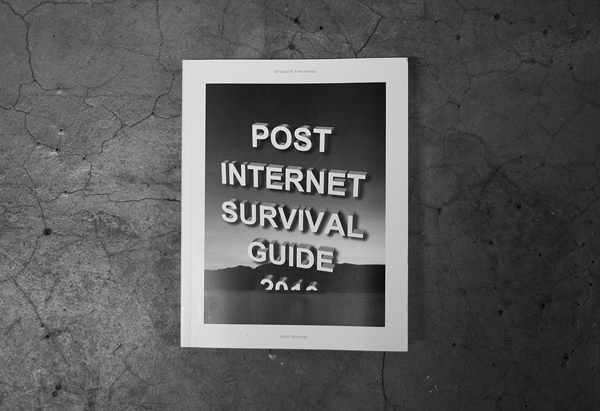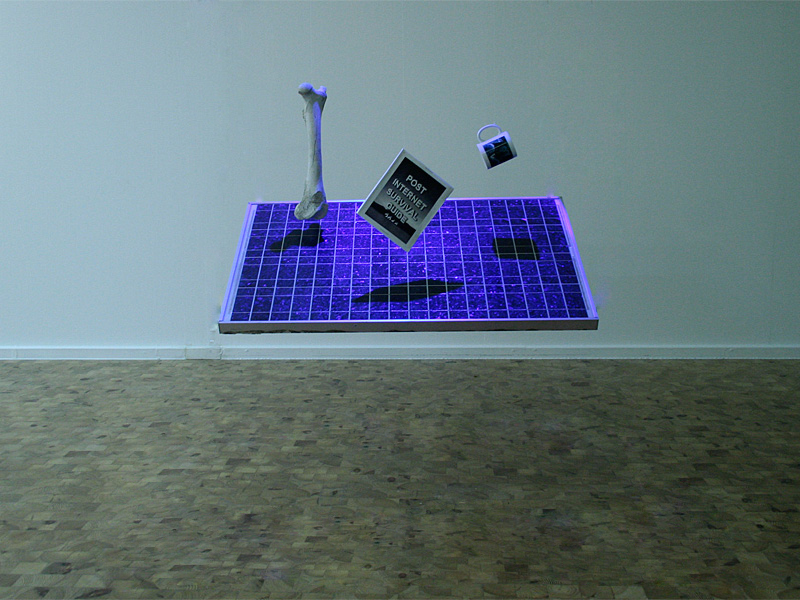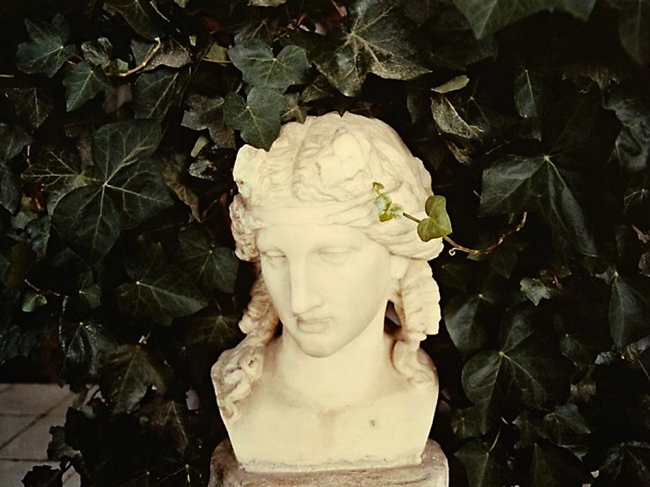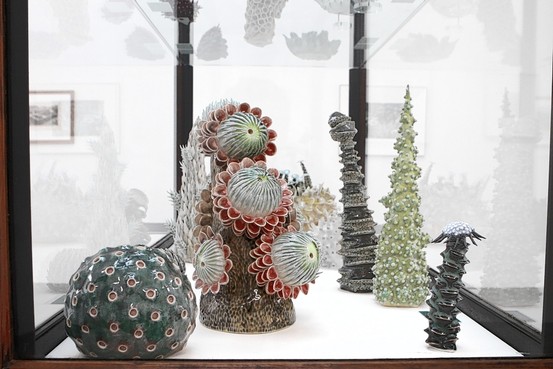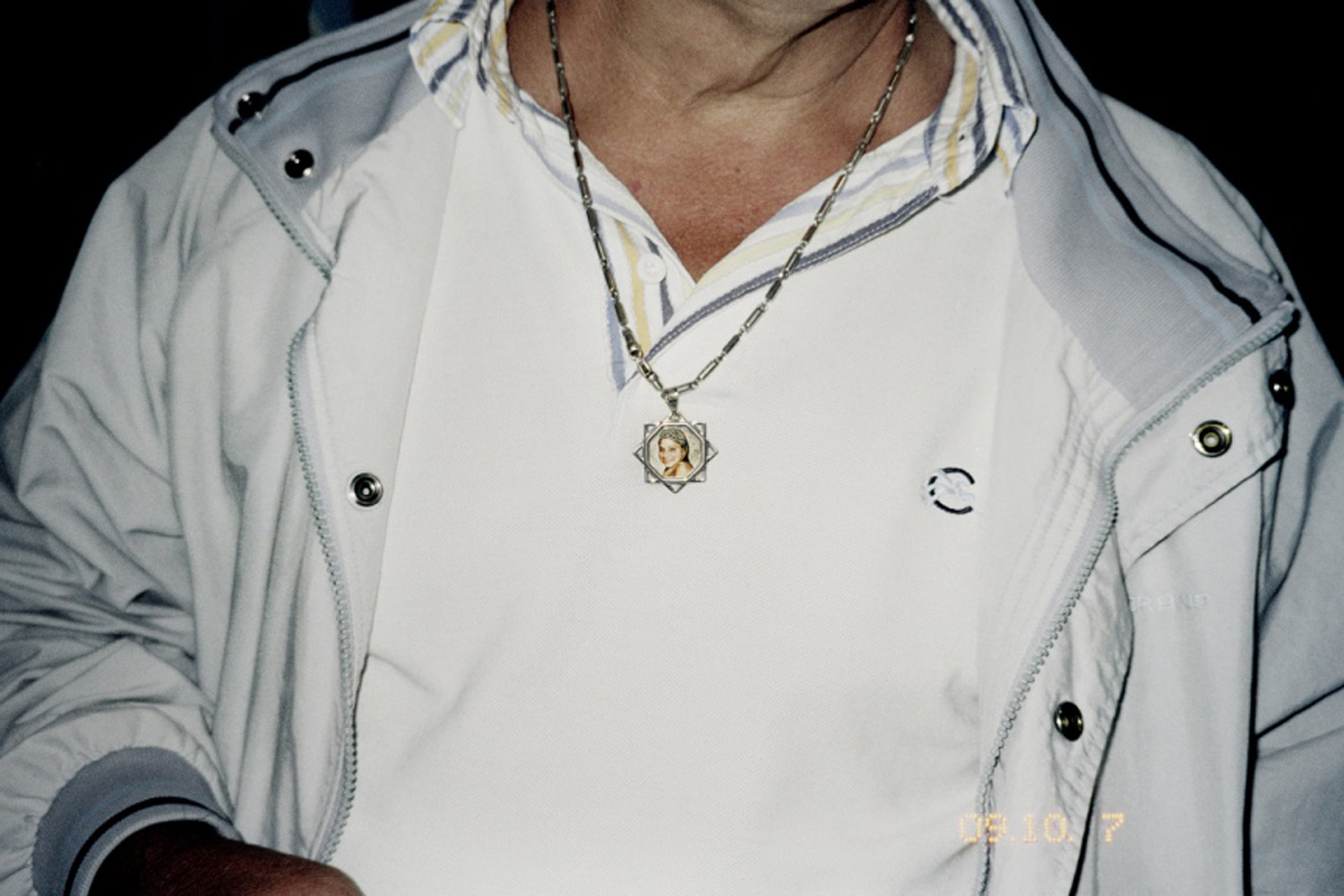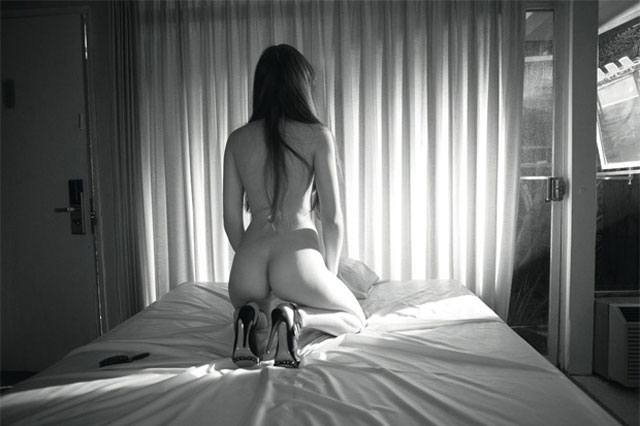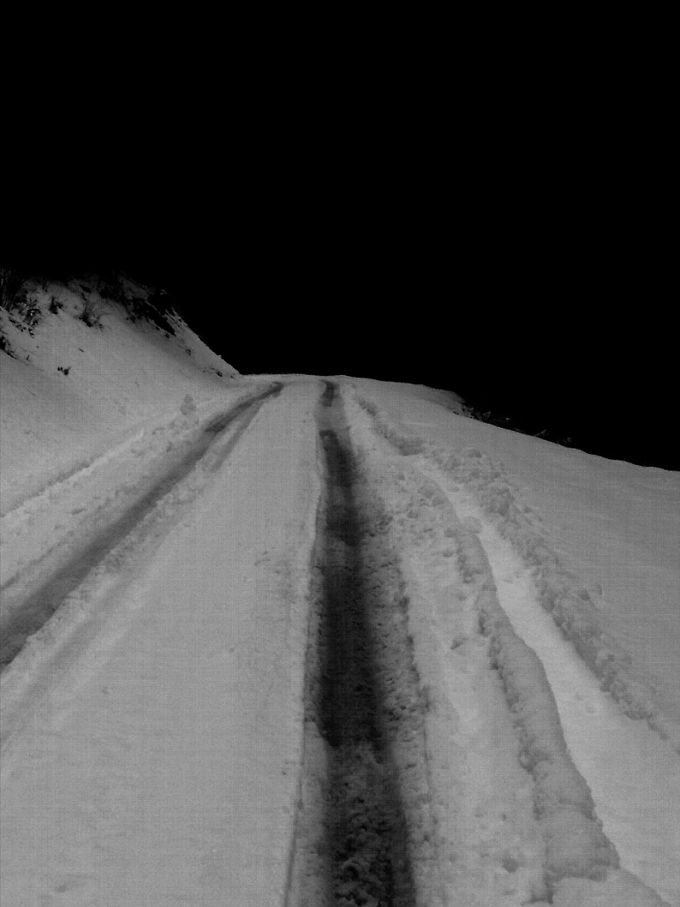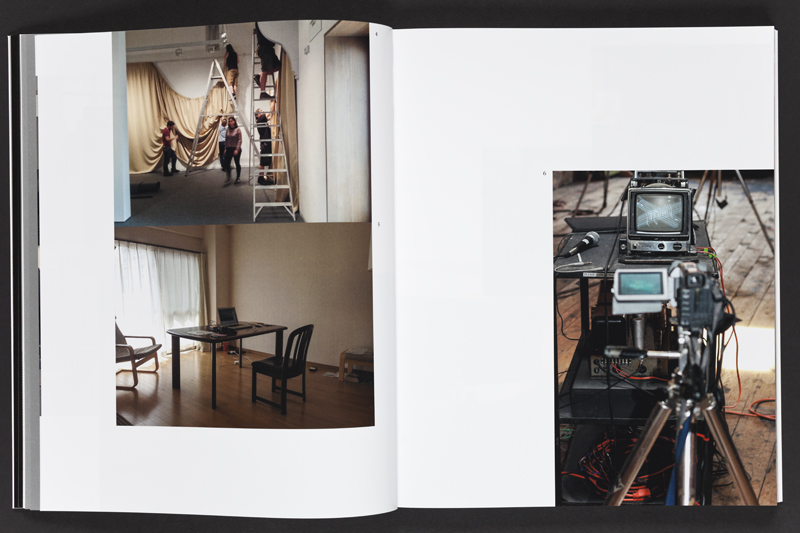
James Richards, Rosebud 2013, James Richards and Leslie Thornton, Crossing, Kestnergesellschaft, Hannover, 2017 and Requests and Antisongs, Book, Sternberg Press, 2016
James Richards talks about his processes of collaging together digital fragments to create immersive audiovisual installations. “I was really into making an exhibition space where there would be nothing to look at”. Combining fragments of film, music, vocals, erotica and medical documentary, James Richards creates site-specific audiovisual installations and morphing exhibitions, which immerse the visitor in a kaleidoscopic and cinematic sensorial experience. Keeping a diaristic digital scrapbook, Richards draws from this to create his collages and assemblages, inspired by Dada. Already having won the Jarman award for film and video in 2012, and the Ars Viva Prize for young artists two years later, Richards was nominated for the Turner Prize in 2014. He spoke to Studio International during the installation of his exhibition Requests and Antisongs, at the ICA, London. Here’s an excerpt of the conversation:
Anna McNay: Can we start by talking about your work here at the ICA? It’s travelled here from Bergen, but you’re changing and adding to it somewhat.
James Richards: The exhibition here at the ICA is the second in a series of three shows. The first, Crumb Mahogany, was staged at the Bergen Kunsthall, Norway. Here at the ICA, the show is titled Requests and Antisongs and, in December, the final show in the series, Crossing, will be presented at the Kestnergesellschaft in Hanover. The idea was to spend 2016 working on these three shows that would be linked by certain works and overlaps of content, but also altered and changed at each stage, allowing the conventional touring exhibition to be something much more open, and allowing for process and evolution. In parallel, there is a publication to accompany the shows with text and images.
The shows are connected in terms of funding, but otherwise they’re very different. Some works appear over and over again, while others are developed on site, in reaction to the very specific conditions of the exhibition spaces themselves. With exhibitions, it’s not just about the work, it’s about responding to the building. Just simple things, like the fact that the two areas here at the ICA are separated by a cafe and stairs, and that they’re architecturally very different rooms, immediately suggests a very different arrangement of works.
AMc: What role does collaging play in your work as a whole? Do you see yourself as following in, or being particularly influenced by, a specific tradition, genre or movement? I’m thinking perhaps of Dadaism, because of the way you layer elements together and pull them apart.
JR: Yes, for me, a certain strand of sculpture has been very important: the assemblage of work starting in Dada and running through the work of Robert Rauschenberg and Jasper Johns and then into contemporary work by Isa Genzken and Rachel Harrison. I love this sense of bringing together very disparate materials – images, objects and more conventional artists’ mediums, such as paint, plaster and wood – and making work that plays with the associations and forms, but also somehow allows the parts to stay very much their own, to be separate and just themselves. I like to mix fragments of quite recognisable film footage from cinema and television with much more obscure material from science and documentary, and then I fold in scraps of video that I shoot myself, where I’ve been using the camera in a diaristic way.
I think I see my work as very much collage in its origin, rather than cinema or theatre: gathering things that interest you or stimulate you in some way and keeping a record of what’s around you. It’s very much a daily thing, so not really researching or hiring camera crews, much more just about acquiring what’s accessible and taking fragments of it and keeping it all on file.
AMc: Like a digital scrapbook? JR: In a sense, yes. But even though it’s digital, as a way of working, it’s much more like having a desk and a folder of newspaper clippings. It’s very much about playing with fragments. The work uses images and the play of associations that become possible when they are repurposed, but it’s also about more abstract things such as image quality, texture and colour, and the way that those properties can be composed. You can often see the edges of the clips. You can feel them as being from very different places from one another. It isn’t seamless. They’re somewhat slick, but it’s very much about rupture and cutting between things.
The publication works with collage and found photography. It was conceived as an extension of the show itself and it works with the same kind of logic. I edited it in collaboration with Mason Leaver-Yap, a writer and editor I work closely with.
It’s also called Requests and Antisongs. I’ve been working on gathering a lot of photography and paper and documentation of existing work and then cutting up and processing and rescanning it all and drawing directly on to it. I worked with this material by hand and then also on Photoshop, and then edited the whole thing into a visual sequence. I can’t really call it a story, but it’s like a sequence that has a sense of build-up and release and tension and certain themes appearing and coming away and reappearing, which is very much the way I work with video and sound, but I tried to do this with print and with a book format.
Text: Anna McNay, http://www.studiointernational.com/james-richards-interview.
All images belongs to the respective artist and management.
